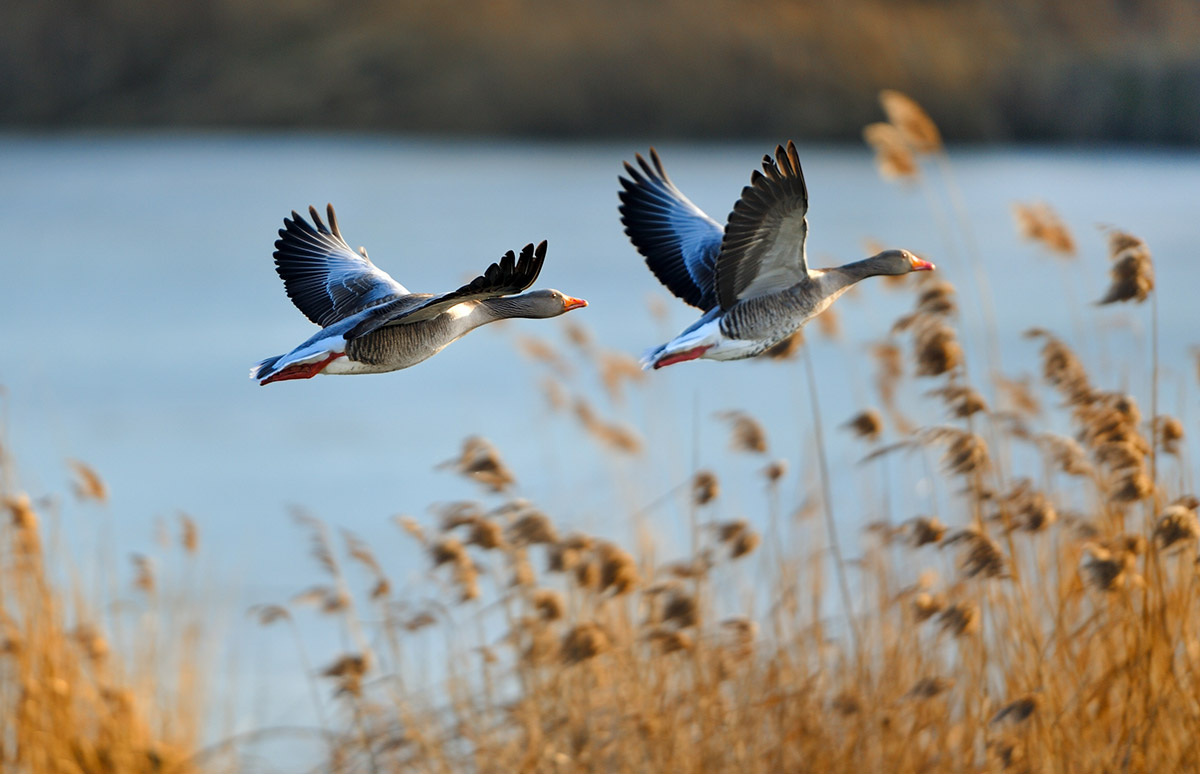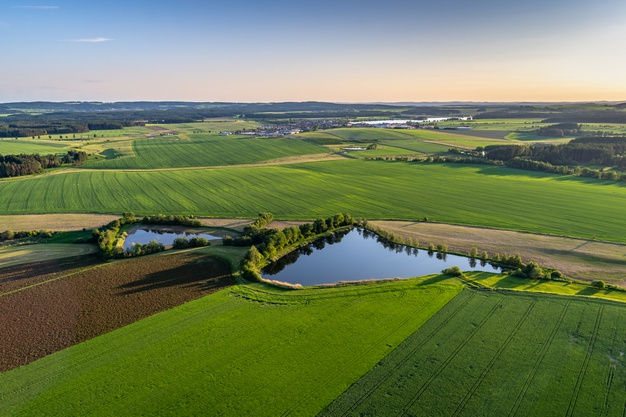The progressive adaptation to the Water Framework Directive (2000/60/CE) is imposing more and more strict parameters for water derivation authorities, who sooner or later will have to adapt and guarantee the release of ecological flow to achieve good status of surface watercourses. Although the ecological flow also refers to the concepts of quality and duration of a certain flow, the quantitative aspect (which in a nutshell is described by the inequation DE ≥ DMV) appears to be dominant, also in light of global trends that are increasingly jeopardising the very availability of water resources.
We talk about:
- increase in drought events and their magnitude, as a consequence of the climate crisis the planet is going through;
- growing increase in our water consumption (domestic, agricultural and industrial): it is estimated that by 2050 demand could increase by up to 33% [1].
These elements contribute to the loss of wetland habitats, as well as animal and plant species, and to the imbalance in the provision of Ecosystem Services by water bodies.

Biodiversity loss is a consequence of pressures on aquatic ecosystems. Covering less than 1% of the world’s land area, freshwater ecosystems are true biodiversity hotspots, hosting about 10% of all known species worldwide [2]. Nevertheless, it is estimated that the world’s wetlands have shrunk by about 70% during the 20th century [3]. According to the IUCN European Red List of Habitats [4], the most significant and devastating threats to these habitats are related to human activities, including water abstraction.
The imbalance instead derives from the fact that any derivation imposes missed opportunities on other potential users. This may be the case – for example – of derivations for hydroelectric purposes: projects that are often criticised due to the strong alterations to the hydrological regime of watercourses, which in natural conditions could instead provide various other services (often recreational).
The decision to enforce the ecological flow downstream of the derivations, which from a quantitative point of view increases – almost everywhere – of the current minimum vital flow, seems therefore correct. A flow value calculated on a purely hydrological basis cannot guarantee a correct balance in the provision of services, much less – if it is too low – the conservation of aquatic ecosystems capable of providing these services.
Among the subjects that will have to deal with this problem, there are the consorzi di bonifica (Italian public bodies dedicated to the management and improvement of water plants). In fact, their large derivations are functional for public interest purposes such as the permanence of irrigated plain areas with an agricultural vocation. A study conducted by Etifor for the Consorzio di Bonifica Piave shows how, in parallel with the irrigation service, other Ecosystem Services linked to the very existence of consorzio derivations are to be considered of “public interest”. Evaluated and weighed from an economic point of view, services such as groundwater recharge, water purification, habitat supply, carbon fixation, aesthetic-landscape service and tourism-recreational service can also be compared with those of irrigation or hydroelectric supply, which might appear as more important because they are part of the traditional market.
If we imagine also evaluating the other side of the coin, i.e. the community benefits due to the reduction/zeroing of large derivations (with consequent improvement of the river ecosystem), then the results could be compared to verify which use of surface water can bring balance in the provision of Ecosystem Services. The assessment of Ecosystem Services can thus benefit the definition of ecological flow, complementing river habitat modelling with a full recognition of the services provided to all territorial actors involved.
Ecological flow and Ecosystem Services: how can we ensure a BALANCE?

Referenze:
[1] P. Burek et al., “Water Futures and Solution. Fast Track Initiative,” Water Futur. Solut., no. May, pp. 1–113, 2016, [Online]. Available: http://pure.iiasa.ac.at/id/eprint/13008/1/WP-16-006.pdf.
[2] D. L. Strayer and D. Dudgeon, “Freshwater biodiversity conservation: Recent progress and future challenges,” J. North Am. Benthol. Soc., vol. 29, no. 1, pp. 344–358, 2010, doi: 10.1899/08-171.1.
[3] N. C. Davidson, “How much wetland has the world lost? Long-term and recent trends in global wetland area,” Mar. Freshw. Res., vol. 65, no. 10, pp. 934–941, 2014, doi: 10.1071/MF14173.
[4] N. A. Cox and H. J. Temple, European Red List of Habitats. Part 2. Terrestrial and freshwater habitats. 2009.


